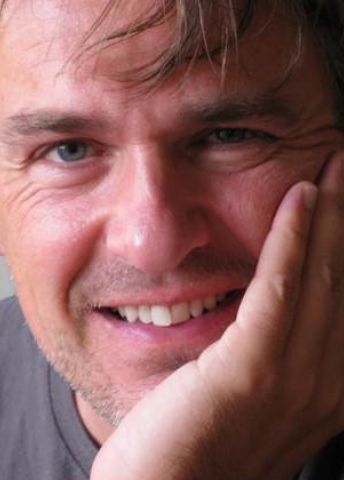
Program for mathematics 2024
Visiting Professor
Professor Steffen Rohde
University of Washington, USA
Nominated by:
KTH Royal Institute of Technology
Visiting Professor
Professor Steffen Rohde
University of Washington, USA
Nominated by:
KTH Royal Institute of Technology
Finding links to randomness
Steffen Rohde is a professor at the University of Washington in the USA. Thanks to a grant from the Knut and Alice Wallenberg Foundation, he will be a visiting professor at the Department of Mathematics, KTH Royal Institute of Technology.
The research area of random conformal geometry studies two-dimensional geometric structures that often originate in statistical mechanics. A common feature of such systems is that simple microscopic rules give rise to large-scale fractal patterns, a geometry that repeats at different scales despite the underlying randomness. Such patterns are often universal, in that similar structures arise from very different contexts.
What are the links between the random and deterministic worlds? This project aims to find connections between these two seemingly different areas.
A famous example is Brownian motion, which Albert Einstein was the first to explain over a century ago. Because of its universal properties, Brownian motion has many important applications. The two-dimensional analog of Brownian motion is a random surface which appeared in physics in the early 1980s, in association with the development of certain quantum field theories. It made possible many calculations in physics, but a precise mathematical understanding came only recently, the key being new objects with universal random fractal structure. In most other cases, there is still no precise mathematical understanding of the random phenomena arising from such quantum field theories.
Recently, many of the random fractals have been shown to have counterparts in deterministic settings without the influence of randomness. The main objective of this project is to study both random and deterministic models with the goal of highlighting and understanding the apparent similarities between these superficially very different areas.